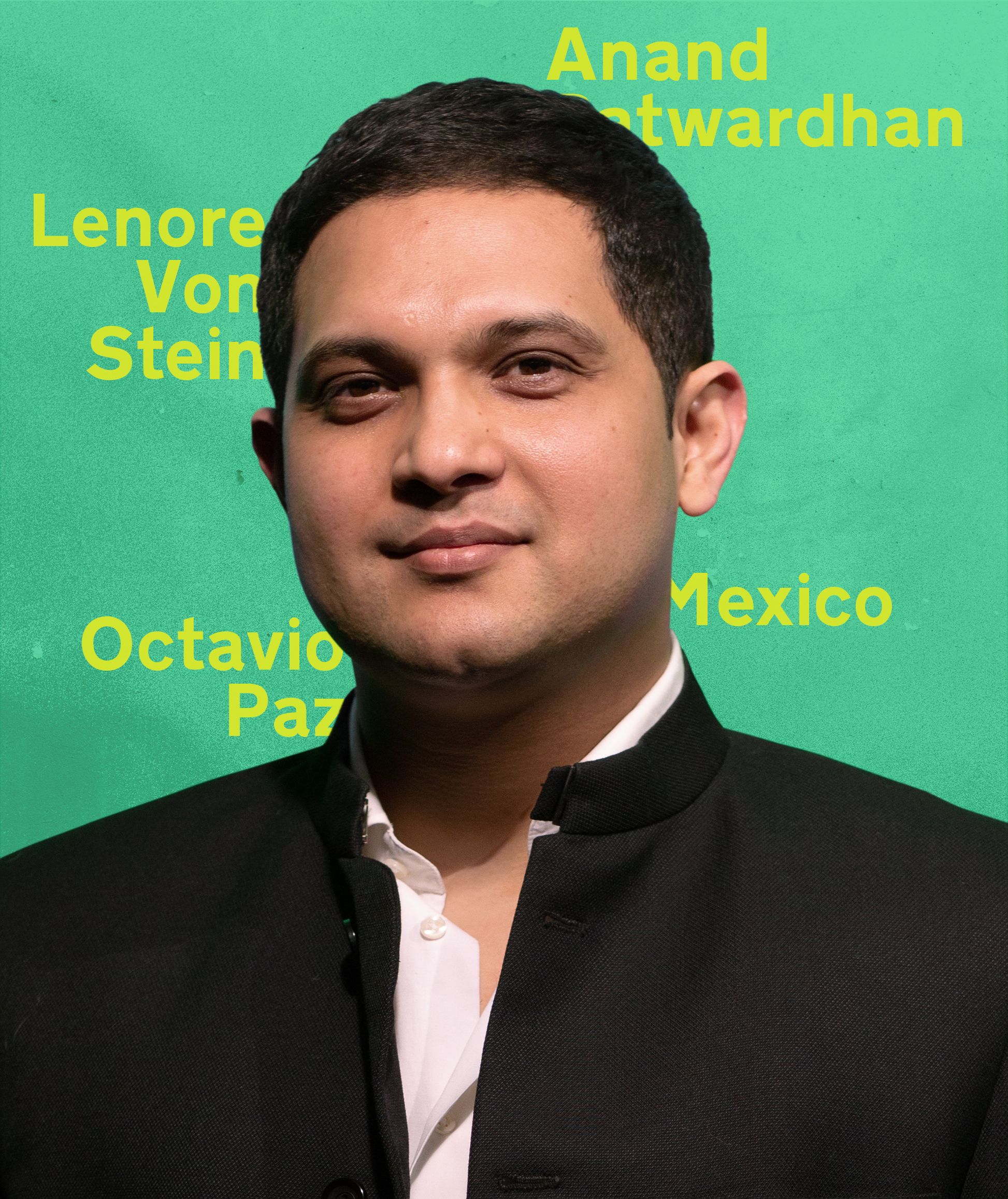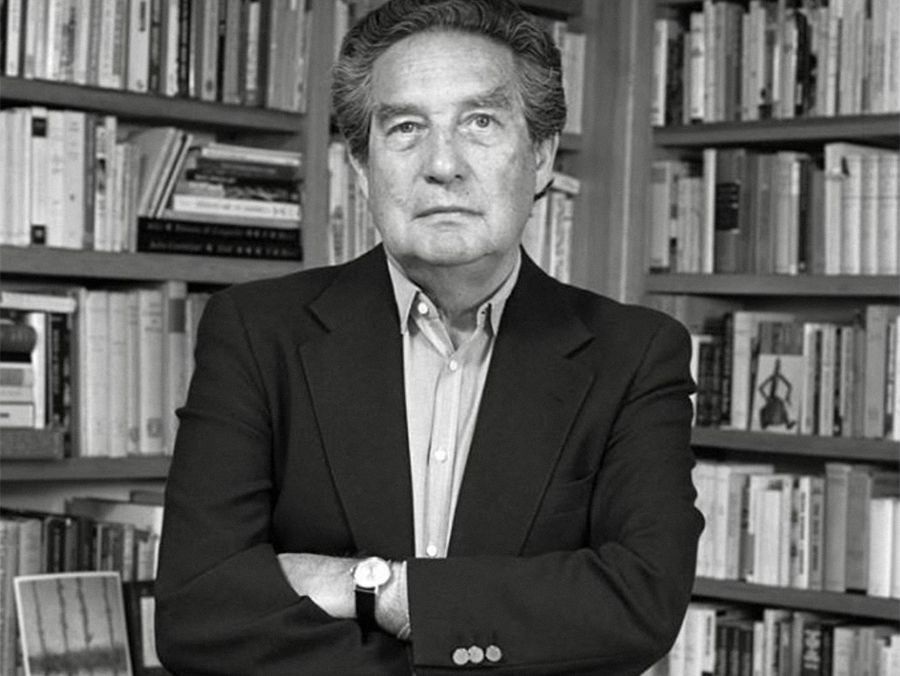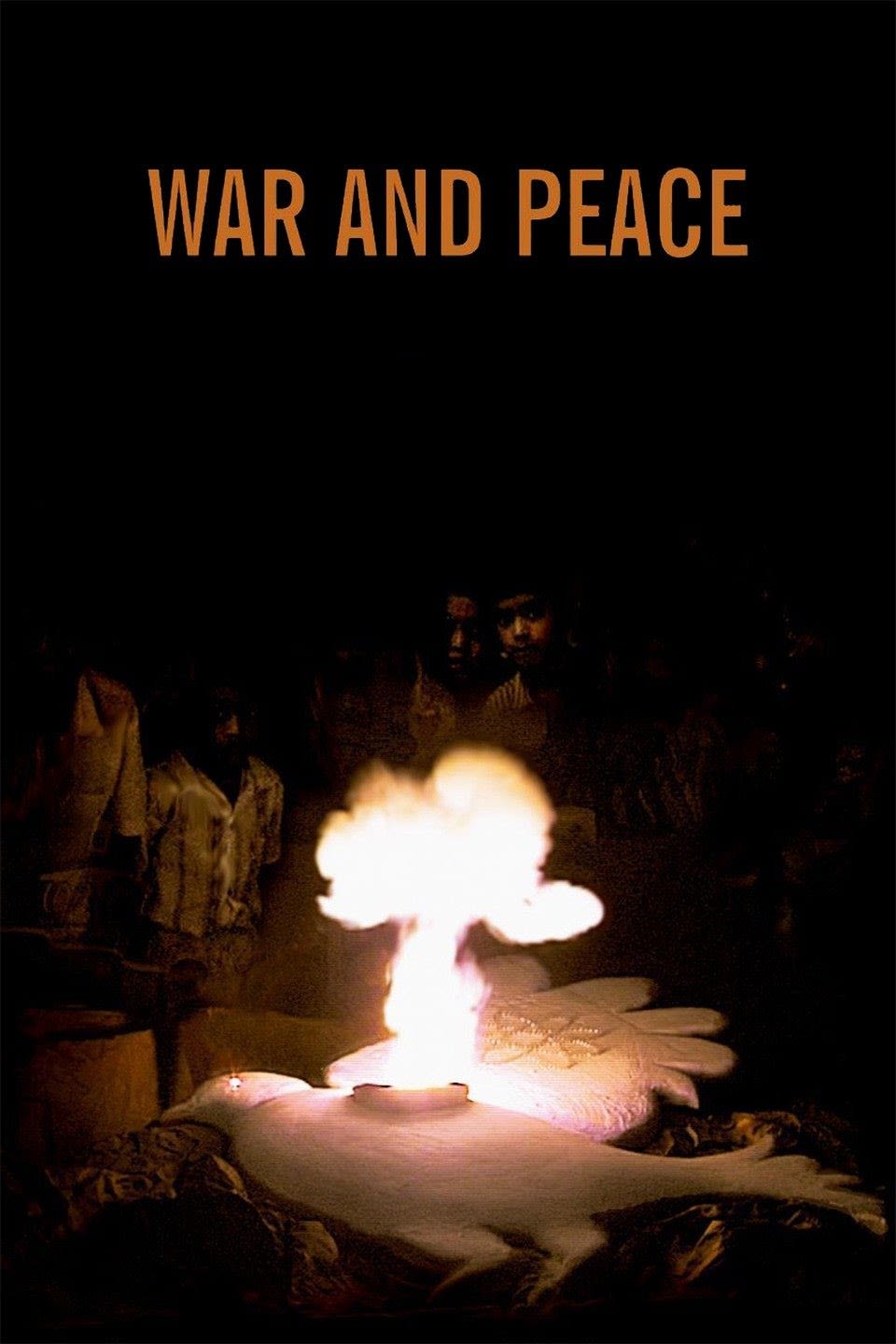Shiben Banerji on His Obsessions

by Micco Caporale (MA 2018)
At the heart of Shiben Banerji’s work is democracy: what is it and how can we better realize it?
As an urban designer, historian, and assistant professor of art history, theory, and criticism, he’s devoted his life to exploring the boundaries of this question. “In multiple contexts,” he explained, “electoral systems are throwing up a kind of gladiatorial fight, becoming more and more about individuals and personalities, less and less about issues and process.” For this reason, he’s not interested in answers as much as asking the right questions. Maybe then solutions can organically form. Here’s what’s influencing him now.
Thinking
For me, the question is, What would it take to formulate a democratic mentality where we have the utmost regard for people, creatures, and things that don’t resemble us? Out of that mentality, how could we forge a democratic society or a sense of social organization around that quest for a democratic mentality?
Learning
We increasingly contend with the fact that we can’t make accurate predictions about what’s next. I’m looking to 1920s–1930s Mexico, and I’m trying to understand ways that confronting uncertainty and the fact that the future is not fixed was central to at least one strand of cultural and political thinking after the Mexican Revolution. I’m interested in the texts and paintings but also the curricular and library infrastructure that was created as a way of beginning to ask, How do we experience belonging in the world, not by running away from uncertainty, but by actually embracing it?
“For me, the question is, What would it take to formulate a democratic mentality where we have the utmost regard for people, creatures, and things that don’t resemble us?”
Reading
Octavio Paz’s work and his way of framing the revolutionary subject has been important to me ever since I was a teenager. For years, I’ve been using and teaching his work to think about how he mobilizes a valuable critique of 20th-century modernist architecture, development, planning—all subjects that are central to my own disciplinary preparation and professional work.

Portrait of Octavio Paz in 1984. Image courtesy of Wikimedia Commons
Portrait of Octavio Paz in 1984. Image courtesy of Wikimedia Commons
Listening
Lenore Von Stein began in jazz vocals and went on to produce modern opera. We did a film and music festival together that was primarily on the theme of violence, and her work incorporates spoken word and academic performance with both instrumental and vocal music. She used to describe it as Baroque theater, an incredibly rich and layered production, and each one of them is different because there are different performances in terms of, like, academics sitting around a table and discussing some aspect of violence, or torture, or police terrorism, and she responds to that in music that is both notated and improvisational.
Watching
Anand Patwardhan. I would love to acknowledge my creative and intellectual debt to this Indian documentary filmmaker. ■

Promotional poster for War and Peace (2002), directed by Anand Patwardhan
Promotional poster for War and Peace (2002), directed by Anand Patwardhan

